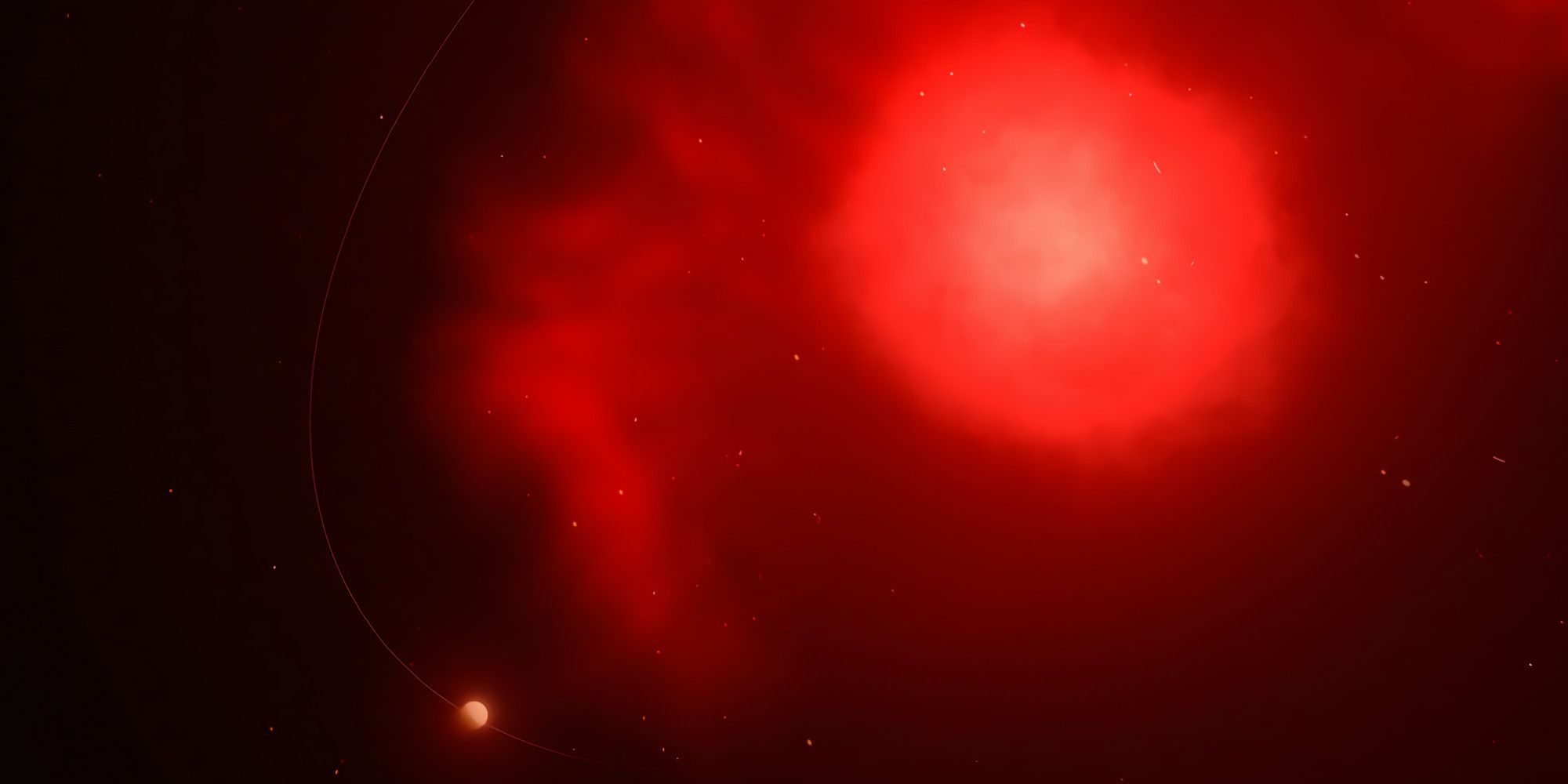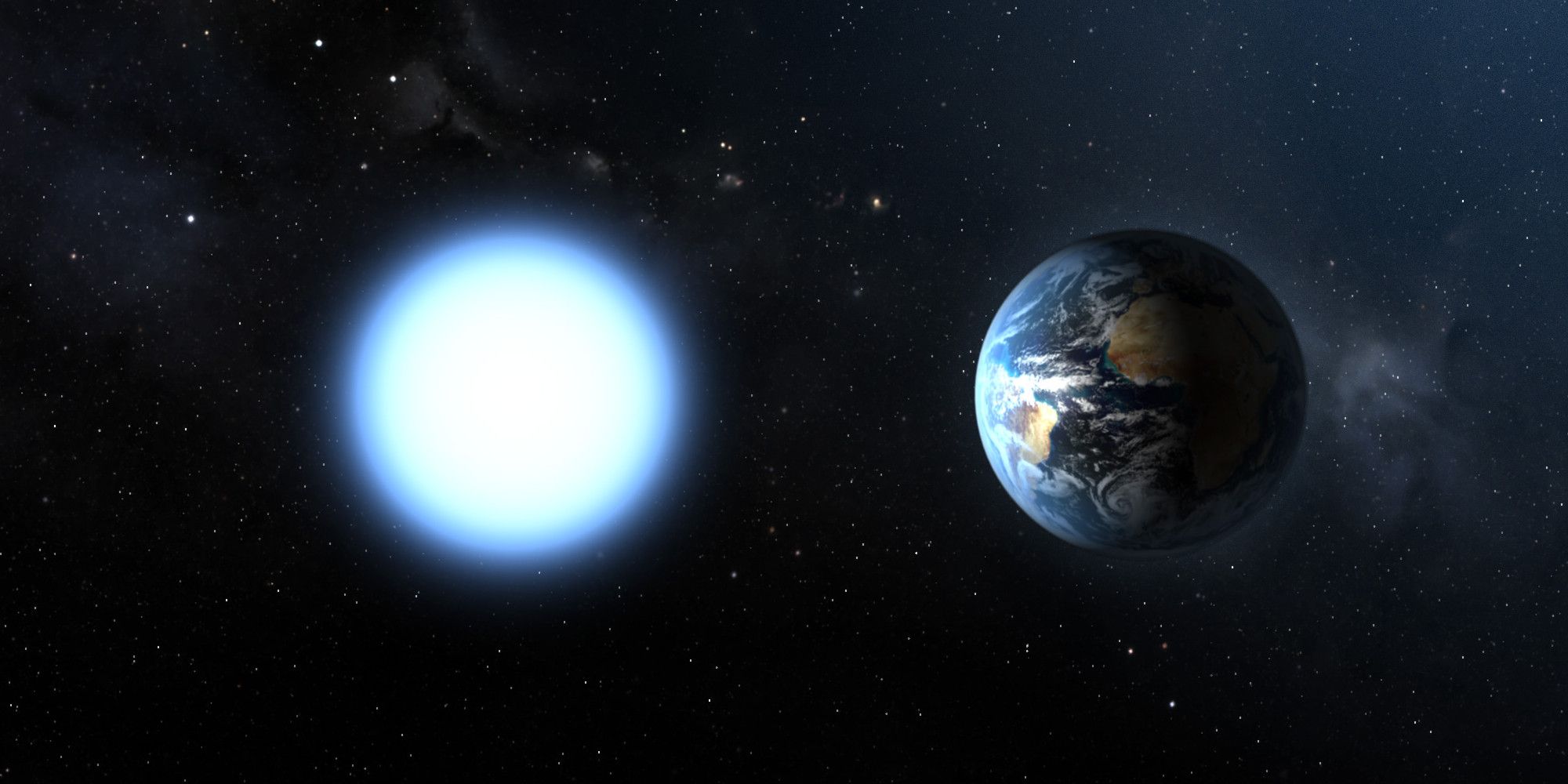
A new NASA-led team has detailed the discovery of the first white dwarf planetary system in which a planet has survived the death of its star, offering a glimpse into the fate of Earth’s very own solar system with the Sun at its center. A star’s life cycle is a fascinating phenomenon in itself. Billions of years after its birth, a star eventually runs out of fuel that powers the nuclear reaction at its core. At this stage, an increase in temperature and pressure counteract the effects of gravity temporarily and the star expands to become a red giant.
Massive stars usually reach the supernova stage after attaining the red giant form, and depending upon their size, they either become a neutron star or end up forming a black hole. Recent research suggests that a supernova event might also serve as the precursor for the formation of new stars. When it comes to medium-sized stars like the Sun, the core starts contracting inwards after the red giant phase and carbon forms at its core. The star then spends the rest of its life cooling and shrinking until it reaches the white dwarf stage, radiating its remaining energy and eventually leaving nothing but a dark mass that doesn’t emit any light or heat. But what happens to the orbiting planets is yet another fascinating topic.
A study published in Nature magazine details the discovery of a planet that is orbiting a white dwarf. The team discovered a planet roughly 1.5 times bigger than Jupiter circling a white dwarf that is about half the mass of the Sun. The key takeaway is that planets can indeed survive the death of their star, provided they are at a reasonable distance. Observed using the lensing technique with telescopes at the W.M. Keck Observatory in Hawaii, the planet in question is named MOA-2010-BLG-477-Lb and serves as an analog to what is likely to happen in Earth’s solar system when the Sun dies in about five billion years. The MOA-2010-BLG-477-Lb planet is separated from its white dwarf by a gap that is nearly thrice the distance between Earth and the Sun.

Given its size and proximity, MOA-2010-BLG-477-Lb is the first known planet with a Jupiter-like orbit found revolving around a white dwarf, and in intact shape. The new study opens the doors for research around the habitability and life possibility in planetary systems with a white dwarf at their center. When it comes to Earth though, it might not be lucky enough to survive the Sun's intense transition. When the star reaches its red giant stage, it is expected to swell to such an extent that it consumes nearby planets such as Venus and Earth, leaving nothing but a scorched mass. Even if the Sun, in its red giant phase, gets too close, friction and gravitational forces might pull Earth into the Sun and burn the planet down. The exact fate of Earth is debatable in the scientific community, but what is certain is that life definitely won’t survive after the Sun becomes a red giant and eventually reaches the white dwarf phase.
However, the discovery of MOA-2010-BLG-477-Lb opens some new possibilities that suggest humanity just might survive the Sun’s death in about five billion years. If mankind migrates to far-off large planets such as moons of Jupiter and Saturn, where water might exist, humanity just might survive the death of the Sun. Five billion years is a long time to prepare for interplanetary travel in the solar system and beyond. Whether mankind survives long enough on Earth after all the environmental destruction and is able to gaze at the Sun turning into a white dwarf in a few billion years remains to be seen.
Source: Nature
from ScreenRant - Feed https://ift.tt/30lPkVc


0 Comments